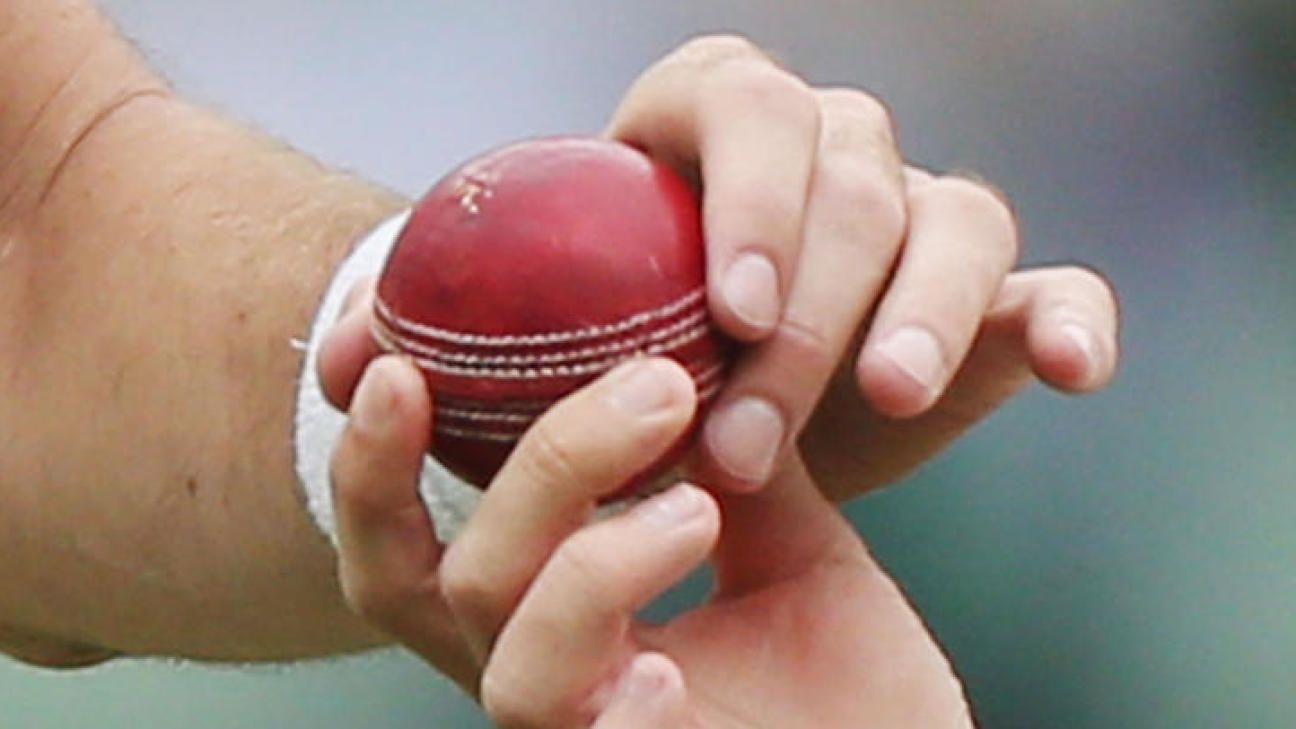In the aftermath of Australia’s infamy at Newlands, one of the most common questions was this: how come “looking after” the ball for the pace bowlers was a task assigned not only to a batsman, but to the most junior member of the team in Cameron Bancroft?
While it was the vice-captain David Warner who wore most of the blame for coaching Bancroft in how to use sandpaper, and the captain Steven Smith almost as much for looking the other way, the question lingered long afterwards, particularly when Australia’s pace bowling trio of Mitchell Starc, Josh Hazlewood and Pat Cummins strenuously denied any involvement in illegal efforts to alter the ball’s condition to enable reverse swing.
Seven months later, as Australia prepare to face Pakistan in searing desert conditions more than likely to require old-ball movement for the fast men to be effective, the captain Tim Paine shed light on a significant change in approach from Newlands to now. Taking care of the ball, this time by legal means, will no longer be the purview of the batsmen – the fast bowlers Starc and Peter Siddle will take responsibility to look after their own projectile.
“They’ve taken a bit more ownership of the ball and they’ve got to bowl with it,” Paine said in Dubai. “I think that’s a good idea, we’ll have some guys probably holding it a bit more while the bowlers are bowling and they’re traditionally going to be sweating a bit more, but I think in cricket team’s I’ve been in, the bowlers tend to be pushed aside and the batters take over the ball.
“We’ve spoken to our quicks, we’ve got Starc and Sidds who are really experienced, they exactly know what they want to do, and it’s up to the rest of us to support them. [The pitch] looks pretty much like how I’ve always seen it here, it looked pretty flat, the interesting thing was the square around it because of the Asia Cup was really, really dry, so there’ll be some chances for quite a bit of reverse swing, but we’ll see how it goes.”
Traditionally, it has been viewed as the task of the batsmen to take care of the ball because they do not sweat as much as the bowlers, given their relative lack of activity in the field. Alastair Cook was famously used by England as a “ball marshal” for many years because he was barely known to sweat at all, and Warner took increasing charge of the task for Australia, up until his heavily strapped hand faced an unusual amount of scrutiny from television cameras in South Africa during the Port Elizabeth Test that preceded Newlands.
Starc, the only member of the Newlands pace-bowling trio to be playing in Dubai, said that a square worn out by the recent Asia Cup was likely to be far more abrasive than the equivalent surface in 2014, when the Australians were subjected to long hours in the field with a ball that stubbornly refused to bend after a brief few overs of conventional new-ball swing. Also different this time around is the fact that Australia’s pace bowling coach is David Saker, who for many years worked with England’s pacemen to gain old-ball movement.
“The square is quite bare so there’s every chance the ball will get scuffed up just from the wicket,” Starc said. “Hopefully for the fast bowlers reverse swing plays a bit of a part, the spinners are a big weapon in this part of the world and the way Nathan [Lyon] and Jon [Holland] bowled in the tour game was fantastic for us. We change the roles of the fast bowlers over here and it’s a bit more of a supportive role and the spinners come into the game a lot sooner and a lot more effective as well.”
In terms of the rhythm of the match, Paine expected an initially drab contest to gather swerve late in its journey, coincidentally not unlike the journey taken by a ball that reverses late in its path to flummox a batsman. “Traditionally over here it probably hasn’t [done] a lot until really late in the game,” Paine said. “Over here it’s about being patient, playing the long game and the first three or four days can move really slowly and we’ve got to be prepared for that and fight really hard and be as patient as we can, and make sure we get to that later stage of the game and we’re right in it.
“We’ve discussed it as a group and some senior players who’ve been here before and a real key for us is a patience game over here. We’ve got to change a little bit the way Australian teams have played, we’re always an aggressive type of cricket side and obviously that hasn’t worked over here in the past. It’s a great opportunity for us to show that we’re prepared to change the way we play and adapt to different conditions.”
